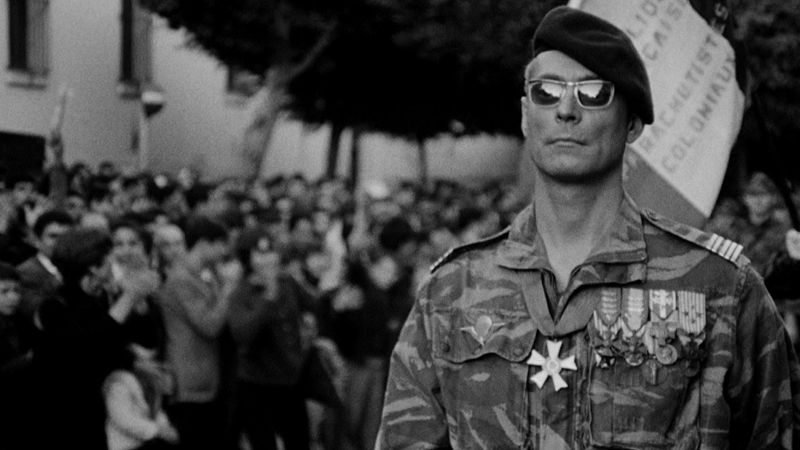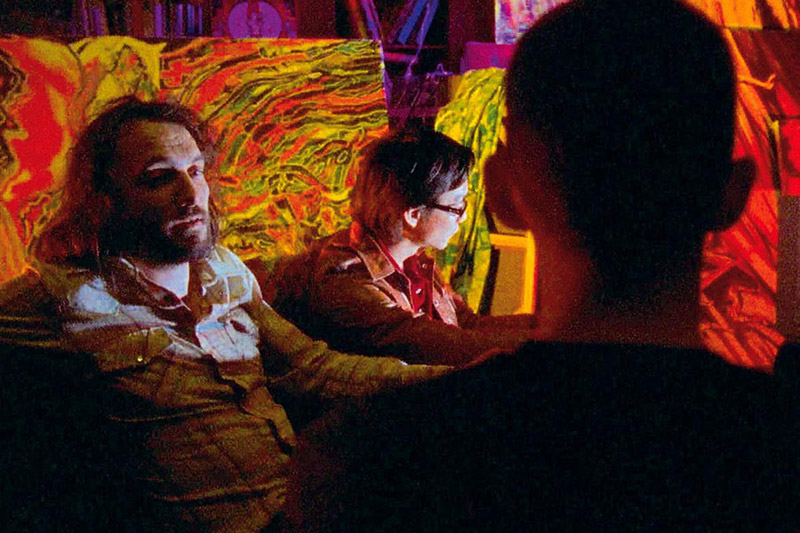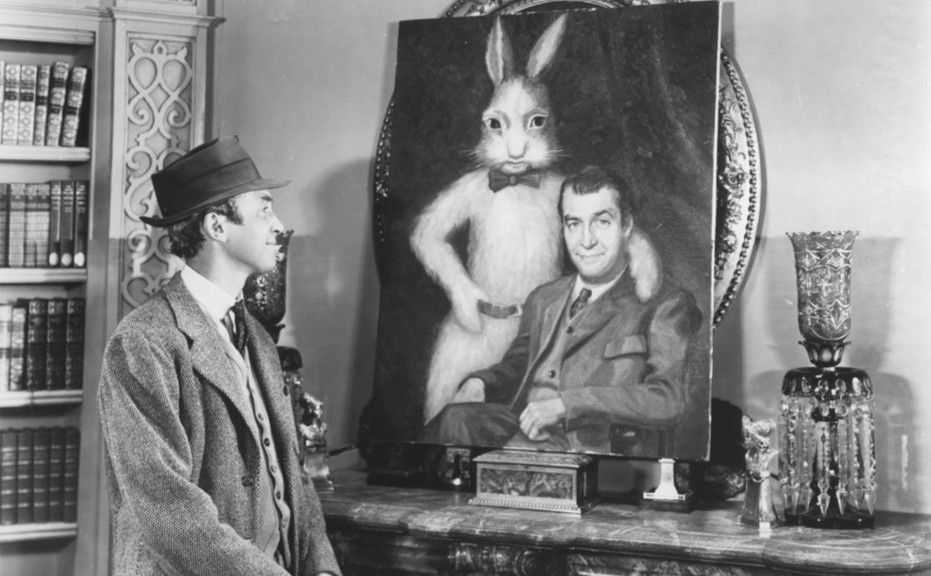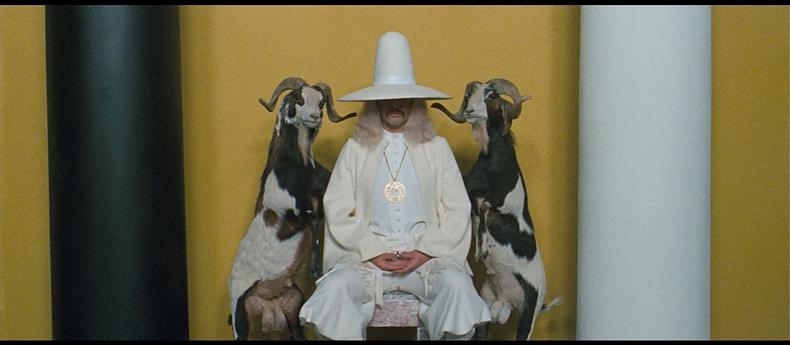8. Sherman’s March

Sherman’s March shows the journey of filmmaking. Originally intended as a Civil War documentary, Sherman’s March was derailed after the breakup between filmmaker Ross McElwee and his girlfriend. Mourning the relationship, McElwee turns the camera on himself, his family, and his friends. He returns home to the American South, interviewing his relatives and receiving unwanted advice on his life and relationships.
Sherman’s March evolves into a uniquely personal film about McElwee, exploring and expressing his pains, anxieties, dreams, and relationships. He narrates the film, speaking to a wide range of issues from love to Southern society to nuclear war. As he travels throughout the South he encounters and films a variety of characters.
His production process is exploratory in that it has no foresight; he encounters a person or place of interest and follows it until it dries up. It seems unlikely that McElwee knew the outcome of his film until he stopped shooting. It was likely only after he viewed his footage and began to piece together these experiences that he was able to make sense of them, hence the use of narration. One gets the impression that the process of filmmaking served as catharsis to McElwee after his breakup.
Film students will learn a valuable lesson from this film: filmmaking is a journey with an unknown destination. No amount of planning or writing can completely prepare someone for production. Further, it is highly unlikely the film will turn out exactly as you imagined it. McElwee intended to make a historical documentary but was compelled to make something different when his life was altered. Rather than quitting the project, he adapted it to tell a different story.
9. Battle of Algiers
Gillo Pontecorvo’s Battle of Algiers depicts the plight of Algerian revolutionaries fighting for independence from the French government. The film shows various events from both the perspective of the French police as well as the Algerian fighters. Shot documentary style with many scenes imitating news footage, the film is deceptively fictional. Upon its release, many viewers were confused as to whether the film was a documentary or not, forcing theaters to release a disclaimer at the beginning of showings.
The film’s newsreel aesthetic was a stylistic choice, intended to imitate and subvert the supposed objectivity of western news reporting. This artificially objective style, combined with the perspectives of both Algerians and French officers, allowed different viewers to react to the film differently. Pontecorvo crafted the film to neither romanticize nor sympathize with either side, allowing it to depict both sides completely.
Despite its political neutrality, however, the film caused considerable controversy in France, as many claimed it to be too sympathetic of the guerrilla fighters. The unpredictable censorship of the film and surrounding controversy were out of Pontecorvo’s hands. Students will benefit from the film’s masterful handling of complex political issues and effective storytelling techniques.
10. Enter The Void
No other film rivals Enter The Void in its hallucinatory and experiential storytelling. Starring Nathaniel Brown and Paz de la Huerta, Enter The Void is a first-person depiction of Alex (Brown), an American drug dealer who lives with his sister Linda (de la Huerta) in Tokyo. One night Oscar arrives at a bar right before it is raided by the police.
Oscar is subsequently killed in the raid, yet the film continues as Oscar begins to experience flashbacks to various moments in his life. His spirit then floats over Tokyo and the viewers experience the perspectives of some of the other characters. Directed by the visionary Gaspar Noe, the film’s experimentation with first person perspective cinematography and plot structure is unique and compelling.
The film’s unusual qualities reflect Noe’s unorthodox approach to production. Drawing inspiration from experiences with hallucinogens as well as Lady in the Lake and 2001: A Space Odyssey, Noe wrote a 100-page script almost entirely devoid of dialogue, instead describing the plot and visual elements of the film. Instead, Noe described the scene to his actors and asked them to improvise their lines.
Noe uses a hands-off approach to directing, allowing the actors to produce organic performances according to their own ideas for the scene, making the process simultaneously collaborative and under the supervision of Noe. Enter the Void is useful to film students as it demonstrates the work of a unique and fearless director as well as the infinite possibilities of cinematography and storytelling.
11. Bellflower
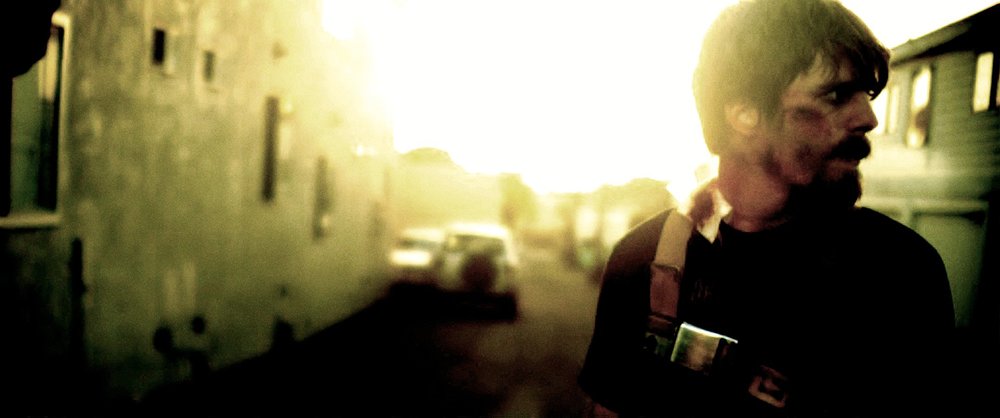
Woodrow and Aiden are two friends living in the Bellflower neighborhood of Los Angeles where they spend their days crafting weapons in preparation for the apocalypse. Their plans are thrown off, though, when Woodrow falls for Milly, a girl he meets at a bar. Featuring graphic sex and violence, as well as surreal cinematography, Bellflower is a shocking and erratic viewing experience.
Nominated for the 2012 Independent Spirit Award for Best Cinematography, Bellflower’s visual quality is at the same time dream-like and visceral. The film’s unique aesthetic is created by a camera Evan Glodell built specifically for the production. Combining vintage camera parts, bellows, Russian lenses, and a Silicon Imaging SI-2K Mini Digital Camera, Glodell’s one-of-a-kind camera is used by cinematographer Joel Hodge to produce a bold and surreal experience.
In addition to the camera, the production team also invented many of the creations found in the film, such as the flamethrower and the Medusa car. Despite being made for under $500,000, Bellflower premiered at SXSW in 2011 and was nominated for the Independent Spirit John Cassavetes Award. The film has an authentically handcrafted feel, a bold plot, and impressive visual and special effects for a low-budget independent film.
Defying genre and classification, Bellflower will inspire film students to consider how creativity can inform technical decisions, such as building your own camera. The film will compel students to think critically about the craft of filmmaking and innovative, cost-cutting techniques.
12. Superbad
Before you scoff at this film, consider this: Seth Rogen and Evan Goldberg began writing the script for Superbad when they were thirteen years old. By fifteen, they had completed a first draft of the film. Superbad was released when they were twenty-five. This movie is a testament to the Rogen and Goldberg’s dedication, focus, and hustle. Inspired by their teenage years, Superbad was a massive commercial and critical success.
There are countless teen comedies about many of the same topics that Superbad addresses. The film succeeds because it works on multiple levels: as an uproarious comedy, as an exploration of male friendships and masculinity, and as a parody of other teen comedies.
The film is also successful because, for an entertaining and commercially successful comedy, it is surprisingly honest. Viewers are able to relate because Rogen and Goldberg wrote the film about themselves for themselves. They knew that their awkward teenage years could be expressed in a way that would entertain others and allow viewers to connect with and relate to the film.
In other words, they followed the old screenwriting advice “write what you know.” Chances are you share many experiences with others and have a unique perspective on them. This is a critical aspect of storytelling. The making of this film should encourage aspiring filmmakers and screenwriters to stick with their projects and focus on what they know.
13. Napoleon Dynamite
Napoleon Dynamite defies all logic concerning commercial success in the film industry. No one could have predicted that an indie film made for $400,000 about a nerd in Idaho would rake in over forty-six million dollars in revenue. The film, released in 2004, was so different from all other films out at the time that it gained almost instant cult status.
Napoleon (Jon Heder) is a socially awkward teen that lives in Idaho with his grandmother, older brother Kip, and Tina, a llama. When their grandmother is injured in a quad-biking accident, Napoleon’s uncle Rico moves in to the house to take care of Napoleon and his adult brother. He passes the time by doodling mythical creatures and playing tetherball. When Pedro, a new student arrives at school, Napoleon befriends him and Deb, another classmate.
Dry, deadpan, and referential of Midwestern culture, Napoleon Dynamite successfully transformed the plight of a nerdy Idahoan into one of the year’s hottest films. Fox Searchlight Pictures and Paramount Pictures purchased the film at the 2004 Sundance Film Festival, after which it was released to theaters across the country.
The success of Napoleon Dynamite demonstrates the unpredictability of reception. On paper, Napoleon Dynamite should not have been a commercial success, but its original and entertaining quality ultimately solidified it as a highly profitable cult classic.
14. Harvey
In this 1950’s classic, James Stewart plays Elwood P. Dowd, a middle-aged alcoholic who befriends an invisible rabbit named Harvey. The new friendship alarms Elwood’s family and friends, as they all believe he has gone insane. They attempt to have him sent to a mental hospital. The film was adapted by a play of the same name written by Mary Chase. Gentle, humorous, and endearing, Harvey is a charming comedy-drama about social norms and independent thought.
Harvey stands out because it was distinctly irreverent for its time and experimental in terms of the material it addressed. The film is also exceptional because it operates on two levels: on the surface as a pleasant comedy, and subversively as a critique of ignorance and closed-mindedness. This duality makes Harvey both entertaining and thought provoking, a rare feat. Harvey should be required viewing for film students as it is an excellent work that was quite ahead of its time.
15. The Holy Mountain
The Holy Mountain is a surreal, psychedelic film loosely based off of the story of Jesus Christ as well as Ascent on Mount Carmel by John of the Cross and Mount Analogue by Rene Daumal.
It is difficult to summarize the plot of the film, as it is both cryptic and filled with references to history, religion, commercialism, and capitalism. Bizarre, perverse, and graphic, this film is a fascinating relic of the cultural revolutions of the 1970’s. The Holy Mountain is also the work of a true auteur; only Jodorowsky is capable of creating such a film.
The distinctly Jodorowskian look and feel of the film is the result of his involvement in many aspects of production. In addition to directing and acting in the film, he also composed music and designed sets and costumes. Jodorowsky’s limitless creativity and vision enabled him to create a film that is truly his. The story of the making of The Holy Mountain is as unique as Jodorowsky. Yoga, meditation, communal living, and hallucinogens were all treated as integral preparations for the production.
Alejandro Jodorowsky is profoundly inspiring in his all-encompassing vision and unique approach to filmmaking. The Holy Mountain demonstrates the limitless possibilities of story structure and aesthetics. Jodorowsky is worth studying because he is a director that is able to execute his ambitious vision completely.
Author Bio: Evan Davies is a filmmaker and video archivist from New York. Follow him on Twitter @vnrdvs.
